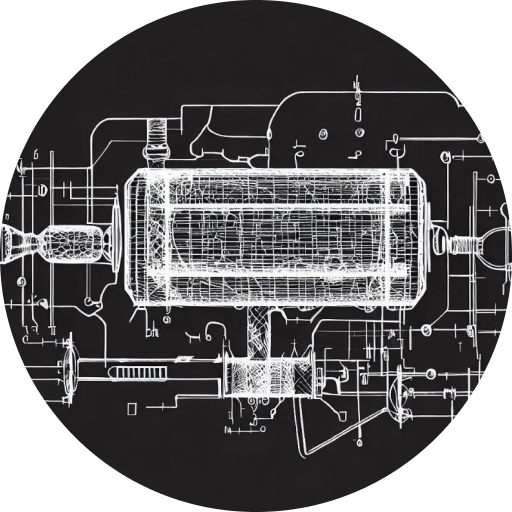Precious Metals in Catalytic Converters: The Role of Platinum
The noble metal platinum plays a crucial role in the functioning of a catalytic converter, as explained by the U.S. Environmental Protection Agency. This metallic element is one of the critical components responsible for transforming harmful vehicle emissions into less hazardous substances.
Role of Platinum in the Catalytic Process
Platinum is a primary catalyst used in the oxidation process of a catalytic converter. This process involves the conversion of harmful carbon monoxide (CO) and unburned hydrocarbons (HC) in exhaust gases into carbon dioxide (CO2) and water (H2O).
The effectiveness of platinum as a catalyst in these reactions is due to its high resistance to heat and corrosion, making it ideal for enduring the harsh conditions within the converter.
Platinum’s Interaction with Other Components
Platinum doesn’t work alone within a catalytic converter. It functions in tandem with other precious metals like palladium and rhodium. While platinum and palladium primarily handle oxidation reactions, rhodium is instrumental in reduction reactions, specifically converting nitrogen oxides into nitrogen and oxygen.
This collaboration of metals allows the catalytic converter to deal with a range of harmful emissions efficiently.
Effect of Platinum Loading
The amount of platinum used in a catalytic converter, also known as platinum loading, can significantly impact the converter’s efficiency. Higher platinum loading generally results in better conversion of harmful gases.
However, due to the cost of platinum and other considerations such as potential for theft, manufacturers must balance efficiency and practicality in determining the amount of platinum used.
Impact of Platinum on Converter Longevity
The use of platinum, a durable and stable metal, contributes to the longevity of a catalytic converter. It can withstand the high temperatures and corrosive gases present in the converter, ensuring its effectiveness over prolonged periods.
However, improper engine operation or use of unsuitable fuel can damage the platinum catalyst, reducing the lifespan of the converter.
Broader Context: Platinum in the Automotive Industry
Platinum, and precious metals in general, play an essential role in the automotive industry, beyond their application in catalytic converters. For instance, platinum is also used in spark plugs and oxygen sensors, thanks to its exceptional conductive properties and high melting point.
Understanding platinum’s role helps appreciate its value in the automotive industry and the need for responsible and efficient use, considering its scarcity.
Conclusion
Platinum, with its unique properties, plays an integral role in the functioning of a catalytic converter. Its application in this device helps ensure the reduction of harmful emissions from vehicles, making it a critical element in environmental conservation.
For additional information on related topics, consider reading “Understanding What Metals are Found in a Catalytic Converter” and “The Metallic Composition of Catalytic Converters“.
- Upgrade Your Honda Accord with the Best Catalytic Converter for Enhanced Performance - October 30, 2023
- Boost Your Chrysler 300’s Performance with a High-Quality Catalytic Converter - October 30, 2023
- Enhance Your Jeep Liberty Performance with a Catalytic Converter - October 30, 2023









